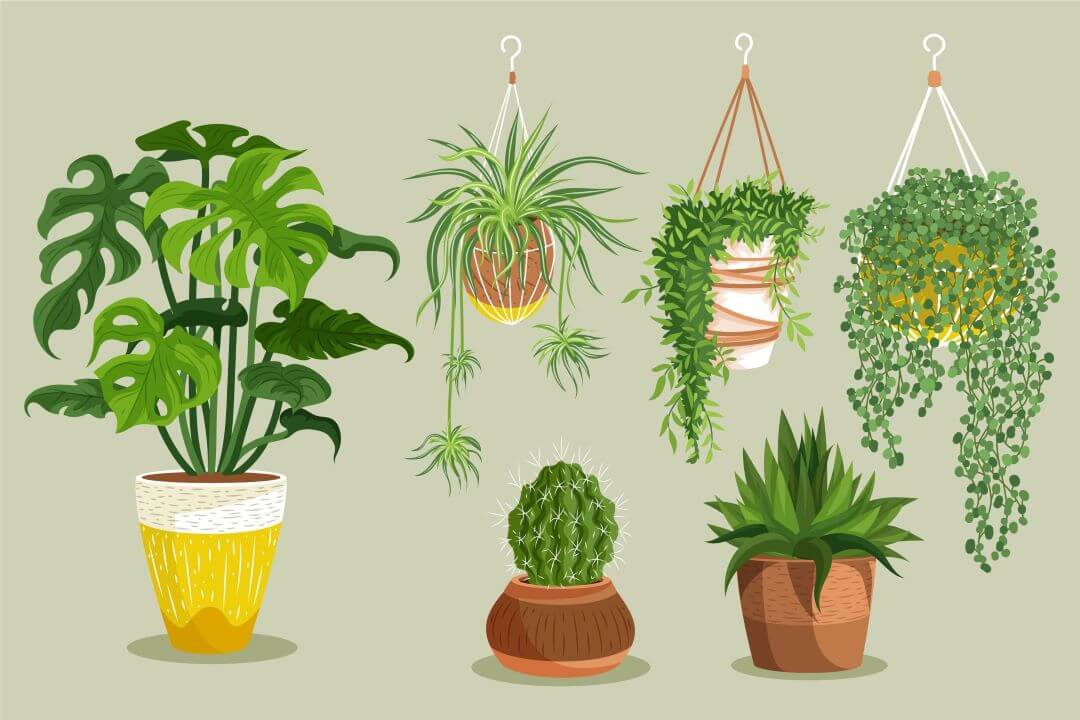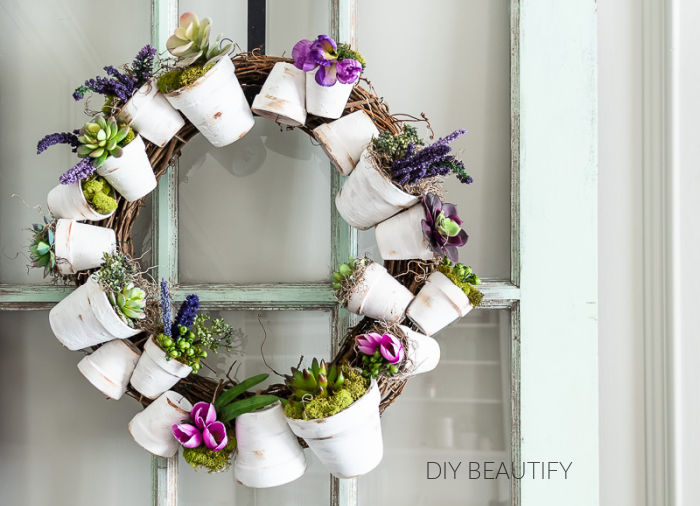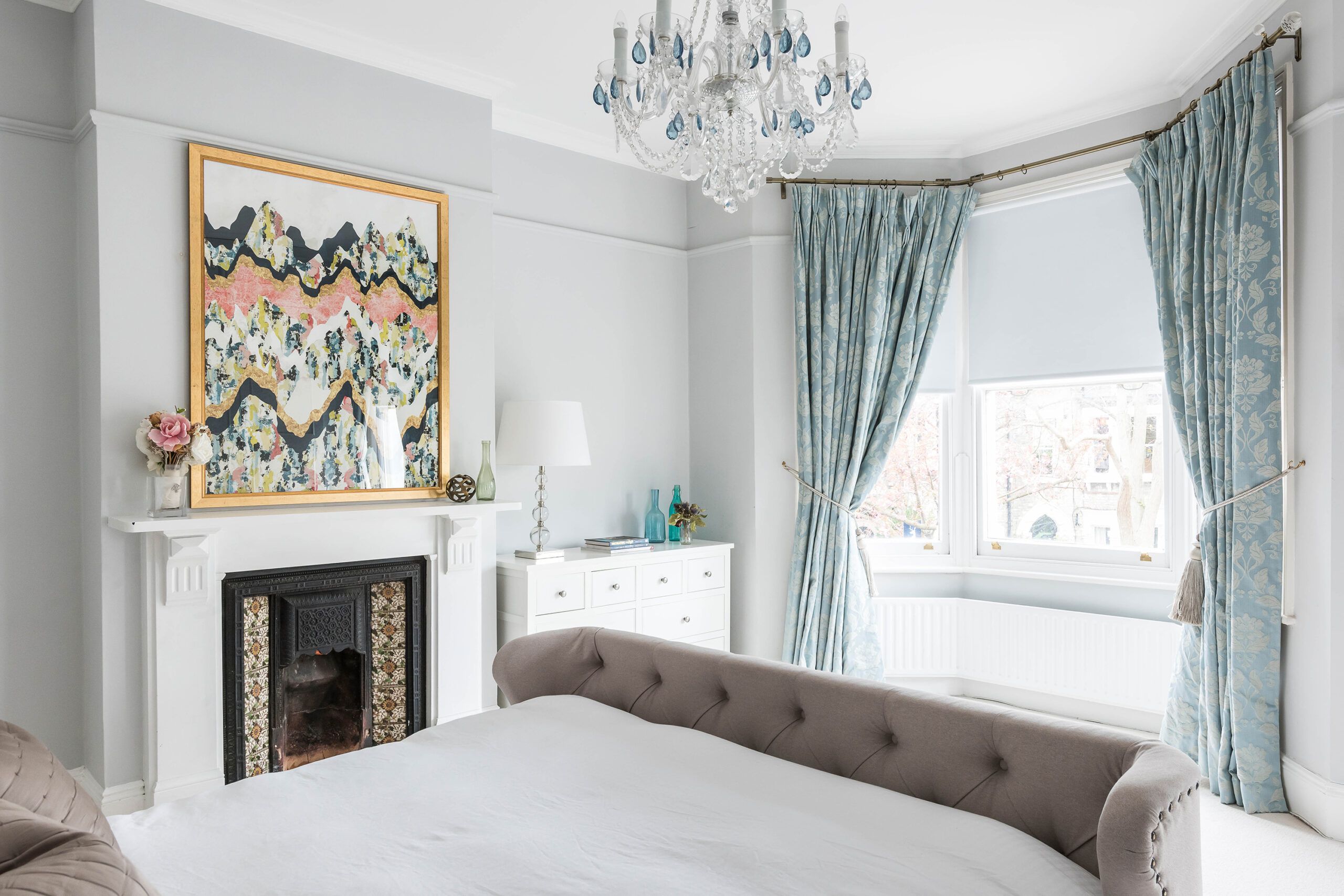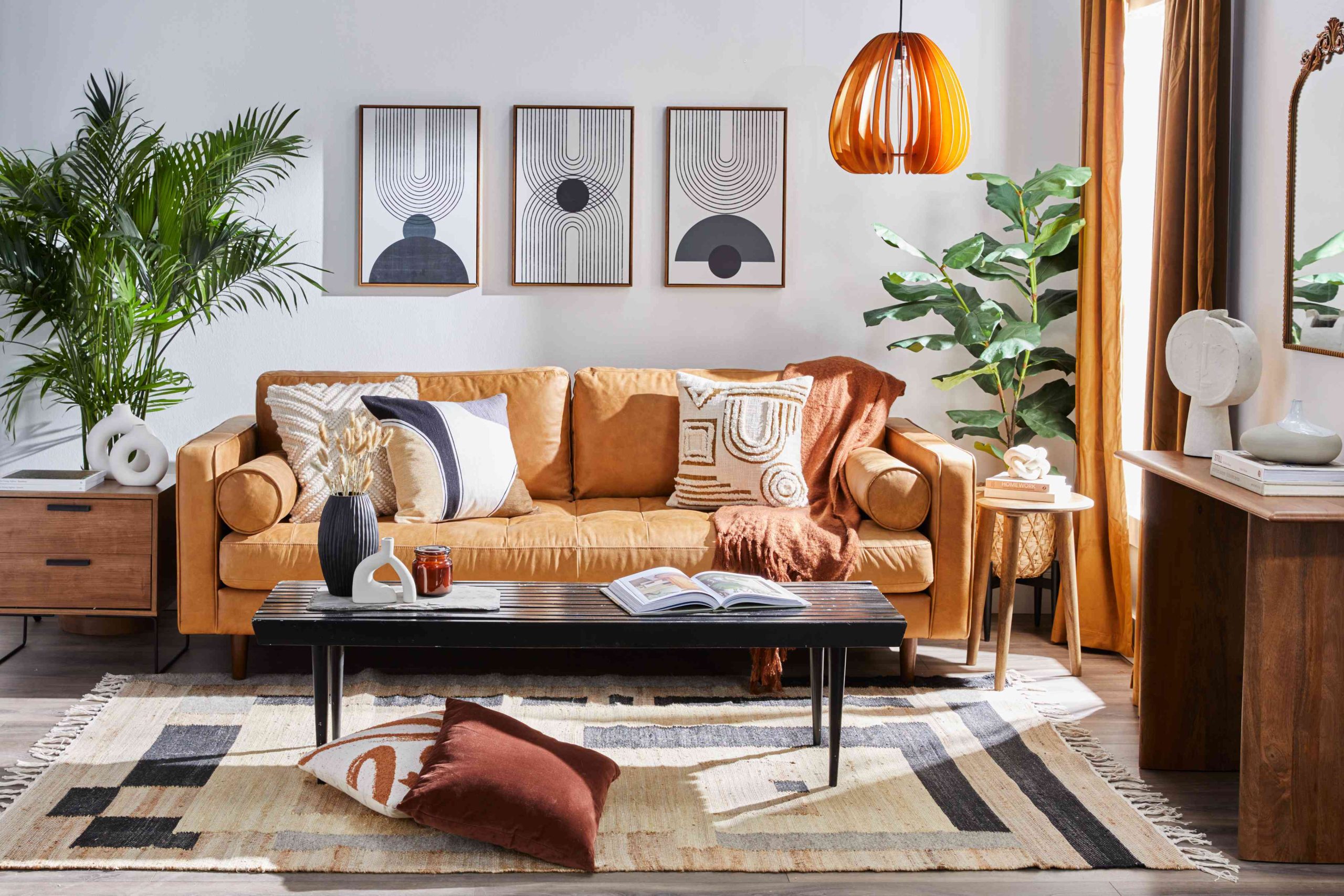There’s a silent revolution taking place in the world of home decor: the adoption of plants as essential elements of interior design. Gone are the days when houseplants were merely afterthoughts, relegated to a small pot on the windowsill. Today, they are taking center stage in the trendiest of homes, providing not just aesthetic appeal but also a host of health benefits.
Plant-filled homes aren’t just about the visually appealing lush greenery; they are havens of calm and tranquility, spaces that soothe the soul and inspire creativity. The Japanese philosophy of “Shinrin-Yoku,” or forest bathing, suggests that surrounding oneself with nature, even indoor plants can lead to a lowered heart rate and blood pressure, reduced production of stress hormones, and improved feelings of well-being.
According to a study published in the Journal of Physiological Anthropology, interacting with indoor plants can reduce physiological and psychological stress, further highlighting the beneficial effects of having plants in your living spaces. Additionally, NASA’s Clean Air Study reveals that some houseplants can remove toxins from the air, improving the overall indoor air quality.
On top of these health benefits, plants are a relatively inexpensive way to refresh your home decor. They can fit into virtually any design scheme, from minimalist to maximalist, traditional to contemporary. They bring in color, shape, and, often, an interesting story about their origin or care.
This article will delve deeper into the diverse world of houseplants, guiding you through different types, creative display ideas, and practical care tips. Whether you’re a seasoned plant parent or just beginning your journey into the green world, this guide is sure to help you embrace the plant revolution and incorporate it into your own home decor.
Understanding Different Types of Indoor Plants
Before you bring the beauty of the natural world into your home, it’s important to understand the different types of indoor plants available and how they can affect your space’s look and feel. Foliage plants, like Monstera and Philodendron, are often chosen for their lush, green leaves, while flowering plants, such as Orchids or African Violets, add a pop of color. For beginners, consider hardy, low-maintenance varieties such as the Snake plant or ZZ plant. If you’re looking for something unique to make a statement, consider plants like the String of Pearls or the fiddle-leaf fig.
Creative Ideas for Displaying Plants in Living Spaces
When it comes to displaying plants in your living spaces, there are countless ways to get creative. Consider installing plant shelves or using wall-mounted pots to save floor space and add a touch of nature to your walls. For an open-concept home, use larger plants like a Monstera or a Rubber plant as a room divider, offering privacy without sacrificing light. And don’t forget about tabletop gardening – a terrarium or a simple arrangement of succulents can make a beautiful centerpiece.
Incorporating Plants into Different Rooms
Each room in your home offers unique opportunities for incorporating plants. For example, the bedroom can benefit from plants such as Lavender or Jasmine, which are known to promote relaxation and improve sleep quality. Your home office can be livened up with an Areca Palm or a Boston Fern, which are recognized for their air-purifying qualities. Moisture-loving plants like the Peace Lily or Boston Fern thrive in bathrooms. And, of course, the kitchen is the perfect place for growing herbs like basil or mint, which are not only beautiful but also useful for cooking.
Combining Plants with Other Decorative Elements
Plants are versatile and can be combined with other decorative elements in your home. For instance, you could use plants to enhance a piece of artwork, creating a living frame. Or use them for color coordination – choose a flowering plant that complements your room’s color scheme. Additionally, with the right lighting, you can create striking effects. For example, backlighting can make a large plant into a dramatic silhouette, or a small spotlight can highlight a unique plant feature.
Tips for Caring for Indoor Plants
Caring for indoor plants requires understanding their needs. This includes the right amount of light, appropriate temperature, and humidity levels. The Old Farmer’s Almanac provides great advice on these aspects. Watering and feeding requirements can vary greatly between plant species, so it’s essential to do your research. Moreover, it’s crucial to recognize signs of plant pests and diseases early and take action.
Special Sections
Consider creating a mini indoor garden if you have a green thumb and space. This could be a small herb garden in your kitchen or a dedicated plant space in your living room. Edible plants, like cherry tomatoes or chili peppers, can also be incorporated into your home decor, making your space both beautiful and functional. If you’re looking for low-maintenance plants, air plants, and succulents are perfect. They come in various shapes and sizes, and their unique features can be a conversation starter.
Conclusion
Incorporating plants into your home decor is an ongoing journey of exploration and creativity. Not only do they improve your home’s aesthetic appeal, but they also enhance your well-being. So why not join this green revolution? Your home and your health will thank you for it.



